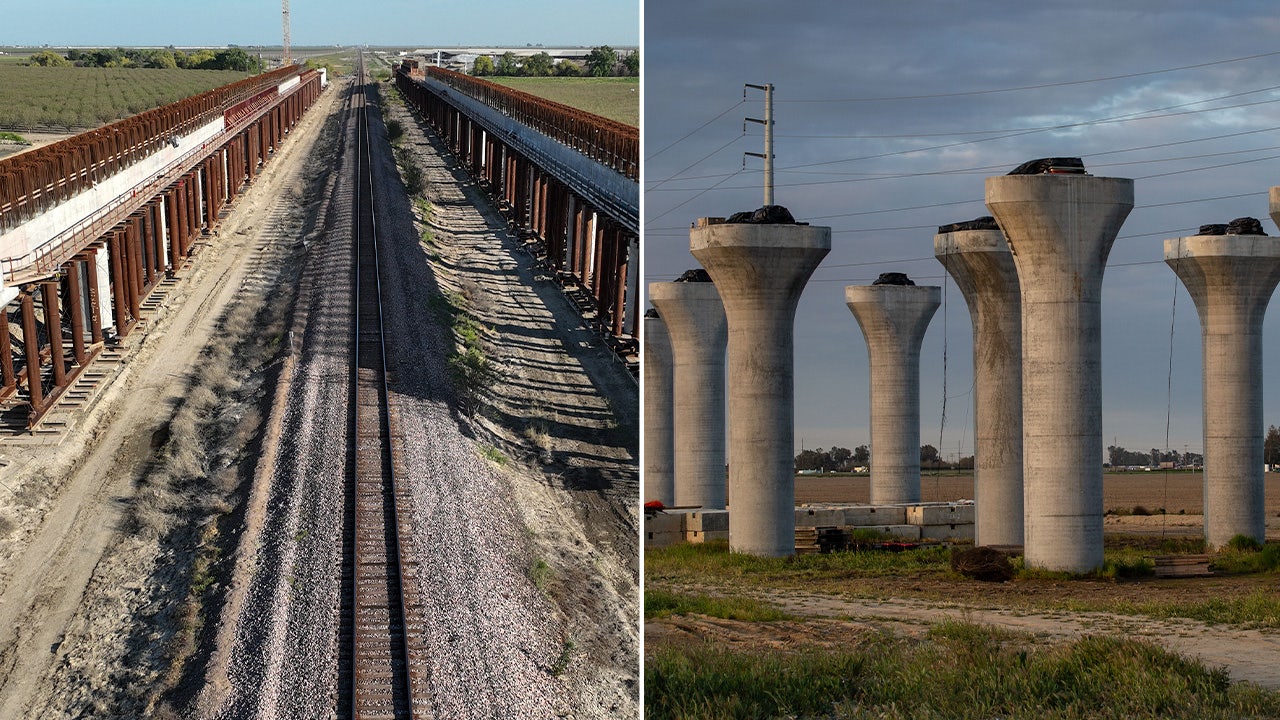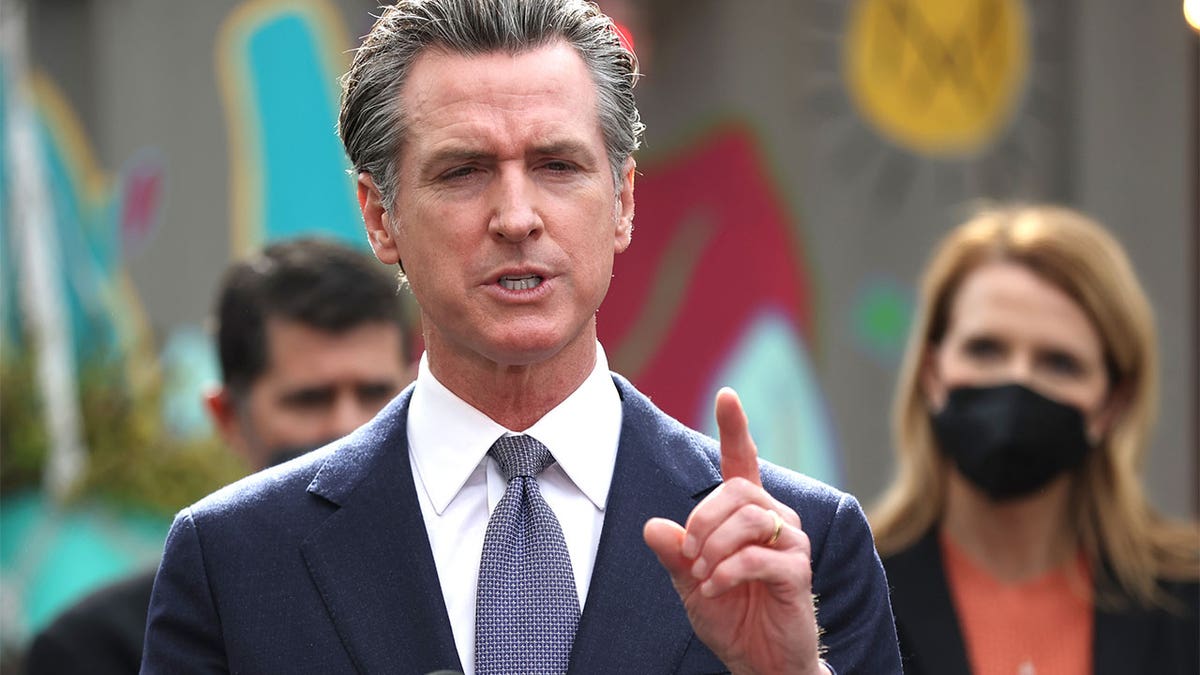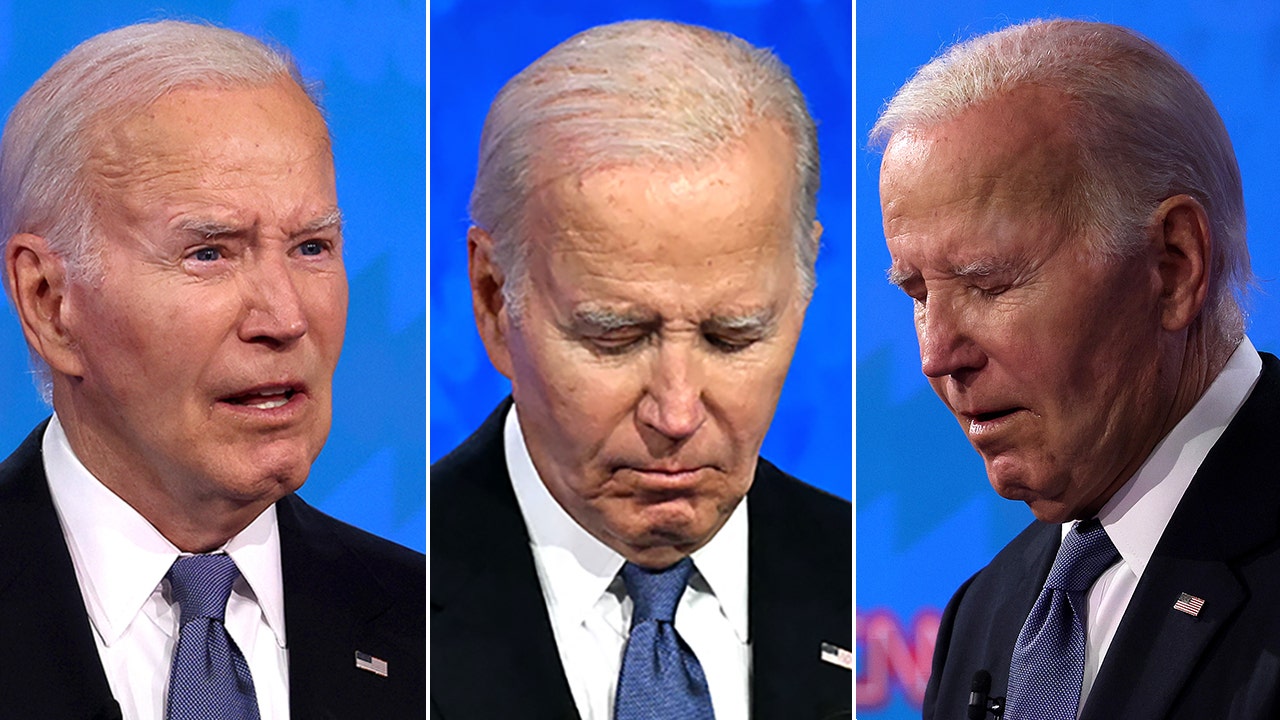West
North Carolina is charging ahead of California and the reason why is surprising

NEWYou can now listen to Fox News articles!
Earlier in May, two starkly different fiscal news items highlighted the divergent paths taken by North Carolina and California. While North Carolina celebrated news of projected revenue surpluses in 2024 and 2025, California is grappling with a $44.9 billion budget deficit. How did these two states end up in wildly different places?
The contrast is emblematic of the philosophies governing these states. North Carolina’s conservative fiscal policies, emphasizing low taxes and restrained spending, widely differ from California’s high tax rates and expansive spending programs. The recent outcomes suggest that North Carolina’s approach offers a model of responsible governance from which other states, including California, could learn.
North Carolina’s success results from deliberate and sustained conservative fiscal policies. The state embarked on a series of tax reforms, which started in 2013 and were the largest in its history. These reforms included reducing the personal income tax rate from a progressive structure topping out at 7.75% to a flat rate of 4.75%, scheduled to drop further to 3.99% by 2026. Corporate tax rates were also slashed from 6.9% to 2.5% — the lowest in the nation for states that levy such a tax — with plans to phase it out entirely by 2030.
CALIFORNIA HAS YET TO PROVIDE 1,200 TINY HOMES FOR STATE’S HOMELESS THAT WERE PROMISED IN MARCH 2023
These tax cuts were not merely superficial adjustments but were coupled with prudent spending measures. North Carolina’s general fund spending has been managed to ensure essential services are funded without resorting to excessive borrowing.
The massively slow and expensive construction of the California bullet train project is photographed in Corcoran, California, left, and Hanford, California, right. (Robert Gauthier/Los Angeles Times via Getty Images | George Rose/Getty Images)
Fiscally conservative policies retired 40% of state debt within a decade, reducing general fund-supported debt from $6.5 billion in 2012 to $3.9 billion by 2021. Moreover, the state has avoided budgetary gimmicks and one-time fixes, focusing instead on long-term fiscal sustainability.
Spending restraint has been a hallmark of North Carolina’s approach. State legislators have maintained strict controls on spending growth, ensuring expenditures do not outpace revenue. This disciplined approach has allowed North Carolina to build substantial reserves, including a savings reserve (or “Rainy Day Fund”) that currently stands at $4.75 billion, equivalent to just over 15% of the 2023-24 state general fund budget.
This fiscal prudence has positioned North Carolina to weather economic downturns without resorting to drastic cuts or tax hikes, avoiding volatility in the lives of state workers.
The result? North Carolina has seen robust economic growth. According to the John Locke Foundation’s 2024 North Carolina Budget, Tax, and Economic Highlights, from 2016 to 2022, North Carolina’s per capita income grew at an average annual rate of 5.3%, higher than the national average and highest among its neighbors. North Carolina’s real GDP increased by a total of 11.4% from 2017 to 2022, which is also higher than the national average.
In contrast, California has pursued a high-tax, high-spending approach. The state imposes some of the highest tax rates in the country, including a top personal income tax rate of 13.3% and a corporate tax rate of 8.84%. According to the California Policy Center, “In just the last ten years, the General Fund budget has grown by 84 percent after adjusting for inflation and for population growth.”
California ranked No. 49 in the Fraser Institute’s 2023 economic freedom report, which evaluates states and provinces based on variables such as government spending, taxes, labor market freedom, and more. North Carolina ranked No. 13.
A significant portion of California’s tax revenue comes from capital gains taxes, making the state highly dependent on the stock market’s performance. In boom times, this can lead to substantial windfalls; however, it also means that revenue is highly volatile and can plummet during market downturns, leading to substantial budget deficits.
Its expansive spending on social programs, education and healthcare exacerbated California’s fiscal woes. While these programs initially aimed to provide a high level of public service, they have also led to fiscal instability.

Democratic California Gov. Gavin Newsom leads a state that has gone from surplus to a huge deficit. (Justin Sullivan/Getty Images)
A key issue is that high tax rates have not translated into stable revenue streams. The Golden State’s reliance on high-income earners and capital gains means that its revenue is highly volatile, fluctuating significantly with economic cycles. The New York Times said, “When the rich do well, the state government reaps a bonanza. But when the stock market slumps or initial public offerings dwindle, revenue plummets.”
CLICK HERE FOR MORE FOX NEWS OPINION
This volatility makes budgeting challenging and often results in substantial deficits during economic downturns.
California’s budget process is further complicated by the state’s commitment to numerous unfunded mandates and pension liabilities. The state’s pension system is underfunded by billions of dollars, putting additional strain on the budget. Despite high tax revenues, the state frequently finds itself in a fiscal crisis, forced to make painful cuts or propose tax increases to balance the budget.
When a state’s budget is volatile, the effects on state workers such as teachers, state park employees and correctional officers can be profound and destabilizing. Budget unpredictability often leads to cycles of boom and bust, where periods of fiscal surplus may result in temporary increases in salaries, hiring and program funding, only to be followed by sharp cutbacks, layoffs and pay freezes during downturns.
California ranked No. 49 in the Fraser Institute’s 2023 economic freedom report, which evaluates states and provinces based on variables such as government spending, taxes, labor market freedom, and more. North Carolina ranked No. 13.
This instability can create a climate of uncertainty and low morale among state employees, who may face the constant threat of job insecurity and reduced benefits.
North Carolina’s fiscal discipline offers a blueprint for other states, demonstrating that conservative fiscal policies can lead to economic stability and growth. By maintaining low taxes and controlling spending, North Carolina has created an environment conducive to business and investment, fostering economic resilience even during challenging times.
California, on the other hand, illustrates the pitfalls of high taxes and expansive spending without adequate fiscal controls. As the nation observes these contrasting outcomes, it becomes clear that responsible budget management, as exemplified by North Carolina, is essential for economic prosperity. States should adopt similar conservative fiscal policies to achieve stable and sustainable economic growth.
Read the full article from Here

Alaska
Weekend rain and sun for Alaska

ANCHORAGE, Alaska (KTUU) – Rainy, windy weather greeted southcentral on Friday. Unsettled weather will keep a dearth of clouds, rain showers, even some snow showers over the state through the weekend. Temperatures cooled considerably along the north slope and interior with the rain’s arrival.
Southcentral is on the lucky end of the weather pattern, expecting to see clearing skies, drying conditions and sunshine into the weekend.
An upper trough is driving the wet weather across the state.
This is the first round of wet weather, with another big storm arriving over the Aleutians and western Alaska on Sunday. Southcentral can anticipate the return of wet weather by Monday.
Southeast will see showers, and cloudy skies. Highs in the low to mid 60s.
Copyright 2024 KTUU. All rights reserved.
Arizona
Consumer Reports: Weatherproofing your home for Arizona heat and storms

(CONSUMER) —Summer isn’t all fun in the sun. It increasingly includes dangerous heat and severe storms, but there are ways to protect yourself and your home.
Consumer Reports explains that a good defense against Mother Nature’s warm weather wrath starts with DIY projects around the house.
Climate change brings more frequent and destructive weather from coast to coast. That’s led to a dramatic increase in many homeowner’s insurance policies. But that price hike doesn’t mean you’re getting more coverage.
Homeowner’s insurance generally doesn’t cover water from outside your house, so supplementing your insurance with a flood policy is not a bad idea.
Even without a flood, extreme heat can damage water in surprising ways, specifically with your plumbing. Take metal pipes: They can expand and contract and, over time, leak.
You should inspect your plumbing routinely or have a plumber do it regularly. You could also consider installing a leak detector. They’re a little expensive upfront but can save you tons of money in the long run.
Consumer Reports recommends the leak detector, Flo by Moen Smart Water Shutoff System 900-001, which costs $500.
Extreme heat can wreak havoc on your roofing even when the weather is dry. It’s essential to inspect it and look for damaged shingles or tiles and replace them before they leak and cause more damage.
The heat could overtax your air conditioning system. Regularly replacing the air filters and scheduling routine professional maintenance will help avoid pricey repairs later.
High heat and humidity can also create ideal conditions for mold and mildew. To prevent this, you should keep the humidity inside your home between thirty and fifty percent.
Anything higher and mold and dust mites can thrive. A dehumidifier can help with that.
Consumer Reports tested dozens of dehumidifiers and found that the Midea MAD50C1ZWS, priced at $250 for larger rooms, does a great job of removing water from the air, which helps maintain the ideal humidity in your home.
If you’re concerned about power outages, a portable generator can help power the essentials in your home.
You’ll want to store a generator in a clean, dry, and ventilated spot that you can access easily and that is NOT attached to the house.
You’ll want to have at least 10 gallons of fresh gasoline on hand in a safety container, adding fuel stabilizer to help it last as long as possible.
Copyright 2024 KTVK/KPHO via Consumer Reports. All rights reserved.
California
California residents flee massive wildfire sparked by burning car

Thousands of Northern California residents were forced to evacuate their homes as a massive wildfire scorched more than 250 square miles. The Park Fire, California’s largest this year, was started by a man who pushed a burning car into a gully.
-

 World1 week ago
World1 week agoOne dead after car crashes into restaurant in Paris
-

 Midwest1 week ago
Midwest1 week agoMichigan rep posts video response to Stephen Colbert's joke about his RNC speech: 'Touché'
-

 News1 week ago
News1 week agoVideo: Young Republicans on Why Their Party Isn’t Reaching Gen Z (And What They Can Do About It)
-

 Movie Reviews1 week ago
Movie Reviews1 week agoMovie Review: A new generation drives into the storm in rousing ‘Twisters’
-

 News1 week ago
News1 week agoIn Milwaukee, Black Voters Struggle to Find a Home With Either Party
-

 Politics1 week ago
Politics1 week agoFox News Politics: The Call is Coming from Inside the House
-

 News1 week ago
News1 week agoVideo: J.D. Vance Accepts Vice-Presidential Nomination
-

 World1 week ago
World1 week agoTrump to take RNC stage for first speech since assassination attempt













